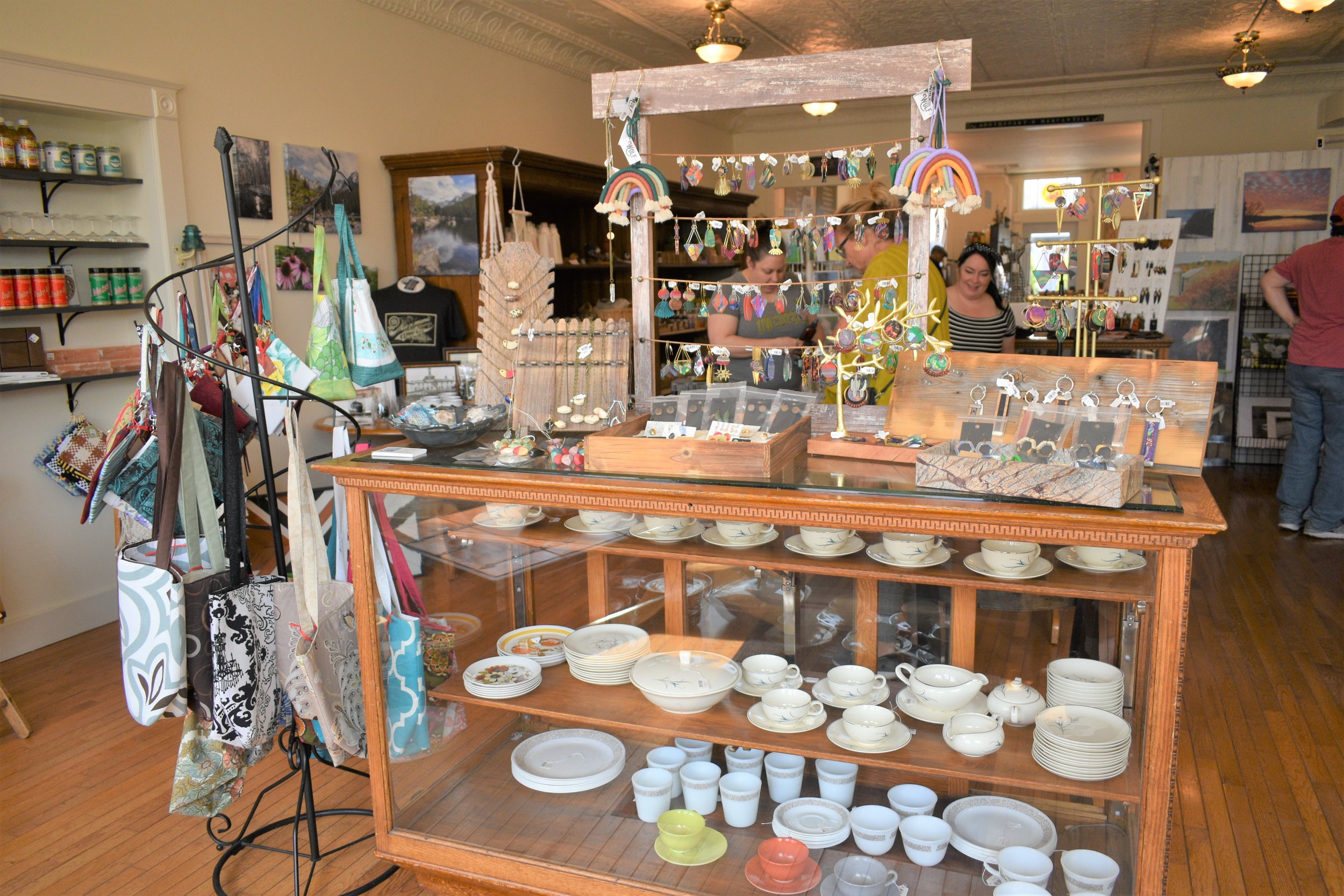How do I start my paintings?
I’ve had questions about how to start a painting. Sometimes, the through of committing to a canvas fills us with doubt and anxiety. The empty canvas stares at us, blankly, like “OK, Sunshine, what you going to do?”
The easiest way of reducing this anxiety and self-doubt when faced with a blank canvas is to be prepared. Collect all of your ideas in a sketchbook. Then when you’re faced with a blank canvas, you have a whole bunch of ideas that you can try out.
Once you’ve picked out the sketch you want to take to the next stage, it’s time to grab a canvas and a stick of charcoal. I’ve already talked about how to prep your canvases earlier. Once your canvas is prepped, start sketching out with the charcoal.
I use charcoal because it can easily be rubbed out with your hand if you make a mistake and you can keep going. This is a practice that I learned by researching the process of Henri Mattise. He would do this all the time with his pieces. This part of the process needs to be speedy. Brain to canvas. No second-guessing. No apprehension. You must throw yourself into the canvas. Make a mark. Does it work? No? Rub it out and make a new one. Keep going till you’re happy.
Once I have all the lines in all the right places, I grab a large paint brush and dust off all the marks. This removes the charcoal dust from the canvas so the paint will stick but my marks are still visible.
To outline my sketch, I use a mixture of French ultramarine, cadmium yellow and alizarin crimson, plus some impasto medium for body and to retain the brush strokes. (This is important for later as I like the next layers to build up on those brush marks and show their texture.)
Once this outline is done, I typically leave it for a day to dry. However, I do sometimes get painting straight away with the first layer of color.
Dan Howard is an up and coming artist from Viroqua, Wisconsin. Visit The Art of Dan Howard , visit him on Facebook, or subscribe to Dan’s YouTube channel.




